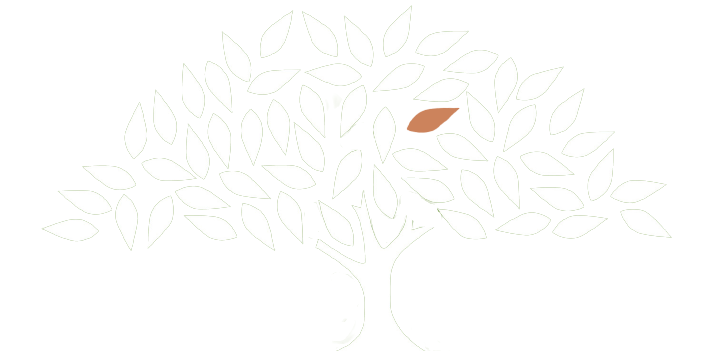Leaning Into Discomfort: A Core Competency In The 21st Century
The 21st century socially-networked, information-flooded world today requires a multi-dimensional approach to leadership and influencing your constituents.
Although I am quoting from an article in the Nonprofit Quarterly, and the examples referenced are the current debate on women’s reproductive health and other social movements, there are key points that are relevant for leaders of all sectors.
Decide what applies to you as you navigate the whitewaters of organizational change today:“…leaning into discomfort, I think, is critical, to make sure that what we are doing …is bold enough. The organization had better be feeling discomfort if it’s leaning into new strategies and ways of working….“You have always to ask, Am I pushing for the change that’s really needed? On all of those levels, you have to continually refresh and check and make sure that you’re getting the most power for the mission by being as uncomfortable as possible.
Because change is hard, and the reason why you have to look at all those different levels—yourself, your organization, and then the world—is that if you’re not willing to hold the tension of change as an organization, how can you begin to understand what you have to risk and what others have to risk to make change happen in the world?
In a world full of current and future ambiguities, leaders have to stay nimble and ready to rebalance their organizations to fit most powerfully into a whole field/ movement strategy. The skills of consultation and engagement with other leaders inside and outside of an organization are never entirely straightforward but have to be kept moving in the right direction whenever a door seems to crack open—or needs to be cracked open.
“In connected environments, leaders know that networks are always teetering on the edge of balance, requiring many small adjustments to achieve a measure of dynamic stasis. I have found that a networked leader has to be in constant motion, paying attention to the habits and the small stimuli needed to incessantly reconstitute balance and motion. One must learn to feel the current of change, look for and recognize resonance, and deploy oneself not as prod, but as a pivot for the many moments of change that are called for every day.”
Keep moving and lean into your edge.
Enough said.
